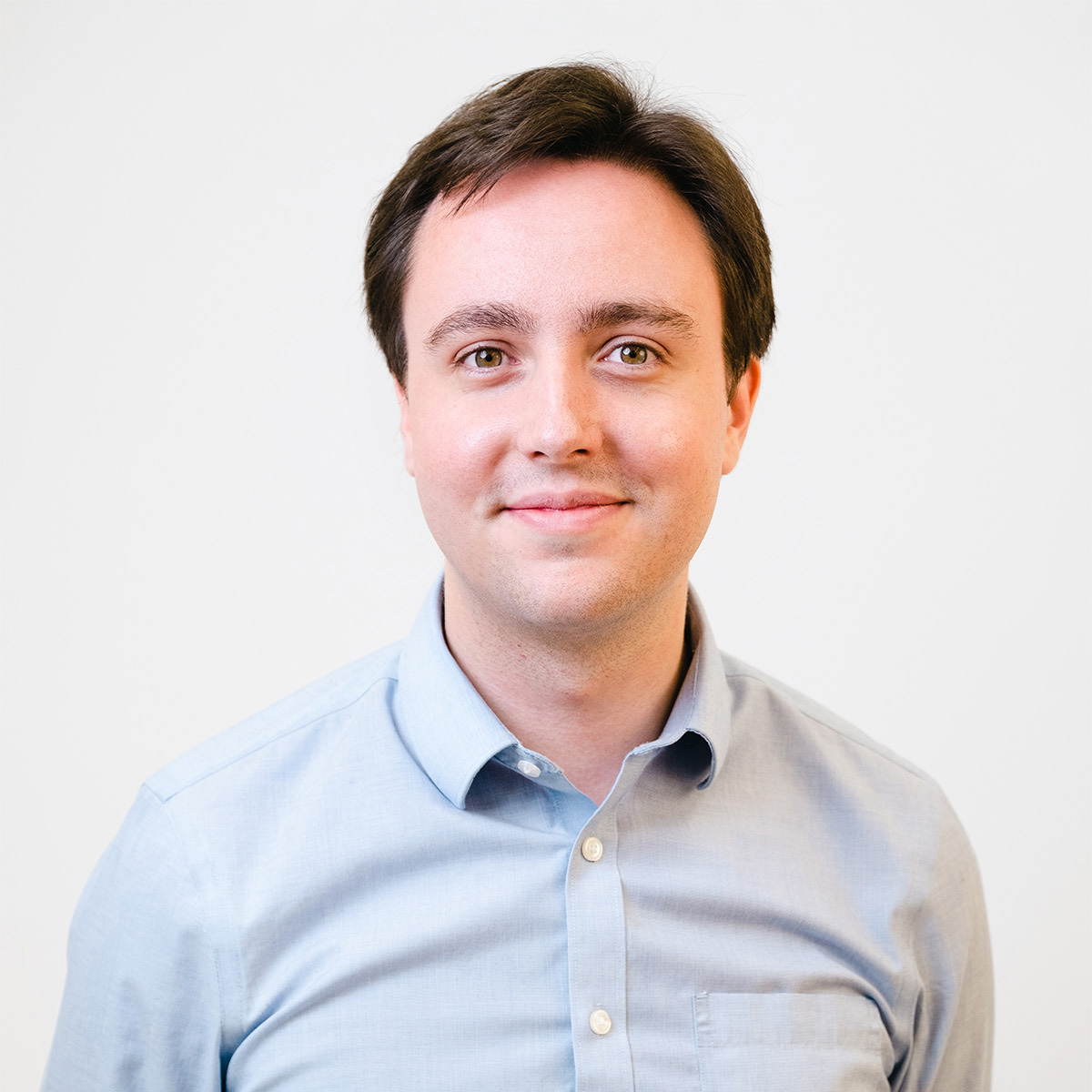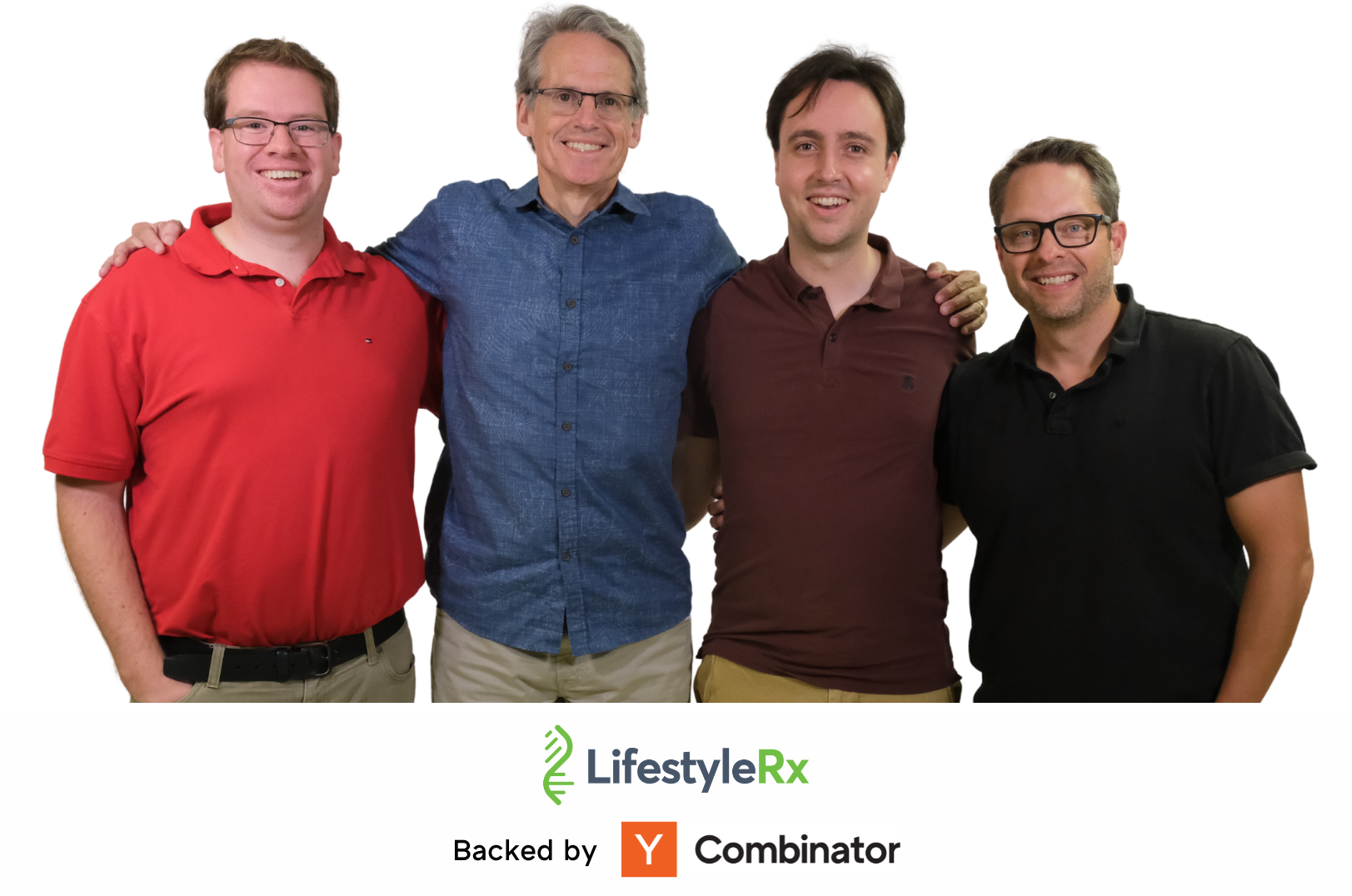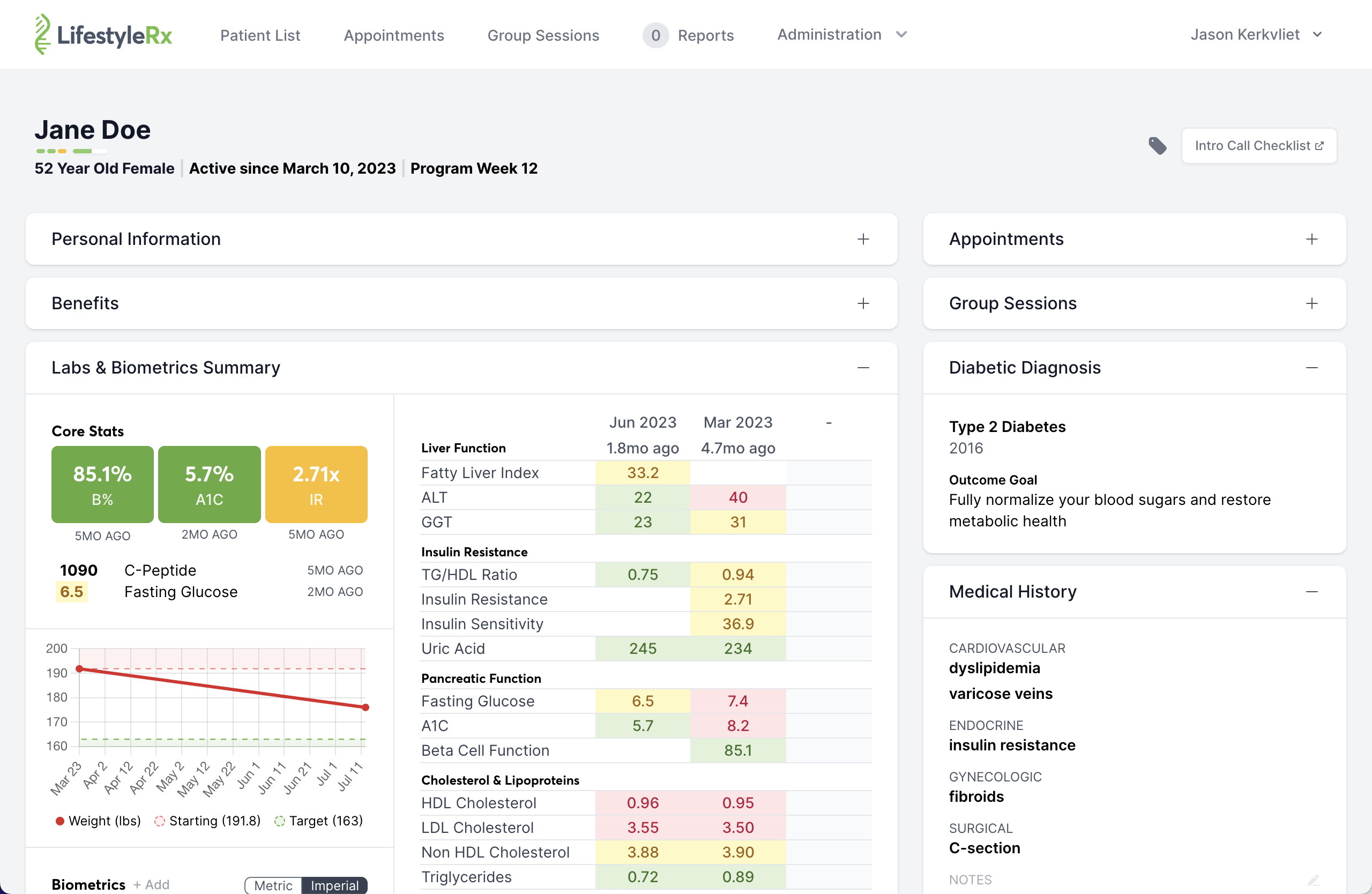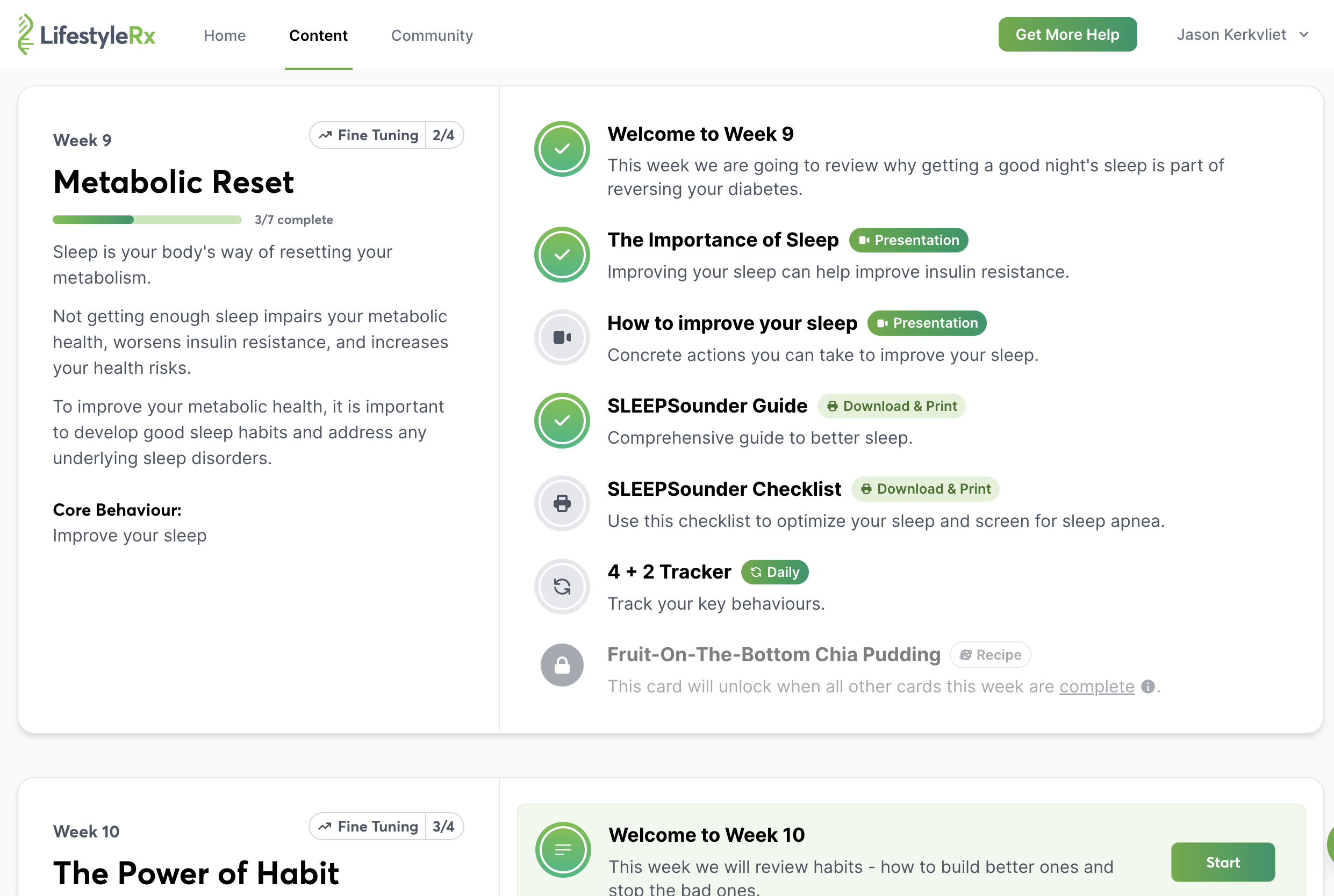Build Software That Can Save Lives


Ask any doctor what the problem with healthcare is, and they will tell you it's their software.
We got pretty used to hearing that during the years we built EMRs (electronic medical records - the software doctors use every day). Before we started LifestyleRx, we had collectively deployed our software to more than 3,000 practitioners across Canada. And most of them hated it. Software was an obstacle for them, a hindrance. And it wasn't just us — surveys show that less than 20% of doctors are satisfied with their EMRs. The consensus is that they worsen patient outcomes and burn out doctors.
We'd launched EMR companies in order to ultimately help patients, but it wasn't working. So all four of us stopped selling EMRs. We moved on instead to build a clinical organization, with our own team of doctors. This was a new us — not going to build any more EMRs!

Almost immediately, of course, we relapsed. We started building our own EMR system to run our organization. Yet something this time was different. From the first versions, it wasn't a hindrance. Our doctors loved it. Our patients loved it. It made impossible things possible. It drove patient outcomes. It reduced physician burnout. Imagine our surprise.
What was different? On reflection, it was just one thing: focus. The thing is, healthcare is treated as one software vertical by most companies. That's how we treated it with our previous companies. You help obstetricians delivering babies and ophthalmologists doing laser surgeries and endocrinologists prescribing medications and family doctors diagnosing, all with one piece of software. Our approach at LifestyleRx was different: we took a tiny sliver of a single specialty—lifestyle medicine for diabetes—and focused on nothing else for 2 years.
We first replicated the basics we were using our EMR for in about 6 months. For a brief moment we rested, content that we were done. But then we thought — you know, what if patients got personalized health reports, almost like 23andMe? And what if anytime the doctor had to teach their patient something, rather than rushing through it in 5 minutes they could assign them a masterclass-quality course? Each time we thought we were done, and another pocket of potential value would appear. The end result was transformative, both to patient outcomes and provider satisfaction.


Healthcare Reorganization
This experience taught us something very consequential — healthcare is organized wrong. To achieve that same level of quality for every specialty and every subspecialty in a one typical large health organization would have taken our dev team 200 years (I'm not kidding). Clinics that are big enough to build their own software are too distributed across specialties. Every attempt we've seen for them to build their own systems gets stuck here. And software companies haven't built products that focus on narrow subspecialties, because health organizations don't want 100 different pieces of software.
Healthcare needs to be reorganized vertically, across the entire country, by specialty and subspecialty. Just because you work in the same building does not mean you need to have the same employer or the same software or the same leadership. All the preventative cardiologists should be one organization in Canada. All the Type 2 diabetes endocrinologists should be one organization. And so on.
The end result will be a stunning level of transformation to outcomes, patient experiences, and physician satisfaction. Patients, accustomed to a remarkably low level of customer service, will feel pampered. They will suddenly have an incredible amount of digital resources, specialized support, and (here's the kicker) their health will improve. Doctors will make less mistakes. Patients will understand more clearly what they need to do and why. We'll all live longer as a result.
LifestyleRx
LifestyleRx is a focused health organization, at the front edge of this movement. We help patients with Type 2 diabetes and other metabolic health problems to change their lifestyle behaviours. That's it.
In 2 years, our team has grown from 7 people to 128, including more than one hundred doctors (see us all here). We've unlocked a type of care that was uneconomical without the right software tools.
And it's making a difference. The average patient in our program achieves a 1.1 reduction in A1c. We've treated more than 15,000 patients so far. In addition to meaningfully improving life- and healthspan for these patients, it is estimated this work so far will reduce provincial health expenditures by more than $150M.
Our care is accessible to patients at no cost, thanks to provincial health insurance. The Canadian system for physician compensation, despite what some people say, is actually brilliantly architected to allow for this kind of innovation. The structures inherent in MSP, OHIP, and other provincial insurance programs allow physicians to innovate and grow projects like ours to meet the full scale of the problem.
LifestyleRx is just getting started. There are another 12M Canadians we need to help with these conditions. If you can code, we would love to consider your application to join our team. Everything I described above was predominantly built by just two members of our team—our CTO and myself—and we can use your help!
We're setting up our dev team in-person in St. Thomas, ON, and if you live in the area or are open to relocating (to the London/St. Thomas area), please apply here! The work you will do with us will lead a healthcare transformation and save the lives of patients.
